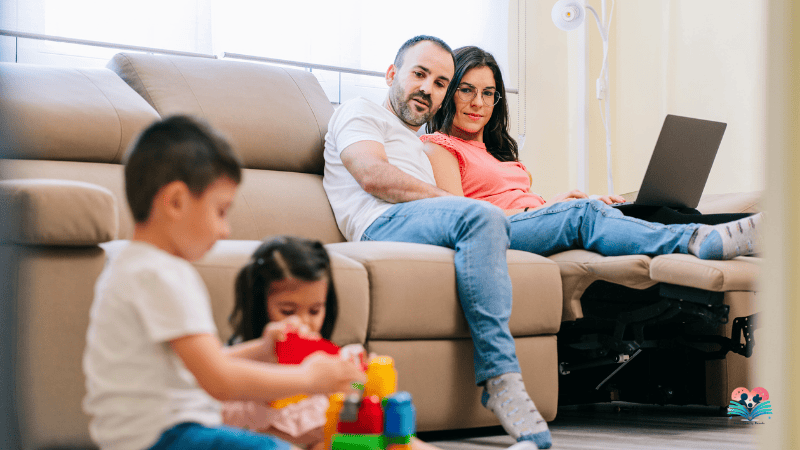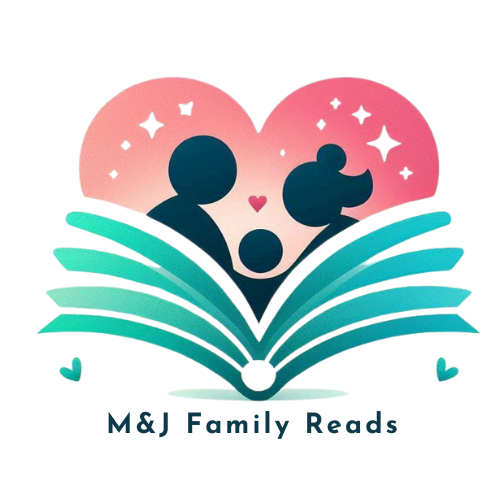How to stop yelling at my kids? You’re not alone. This blog will help you break the yelling cycle with gentle parenting techniques for angry parents, explain calm parenting strategies that actually work, and guide you on how to repair after yelling. You’ll leave with real-life, guilt-free solutions you can start today. Plus, discover an eBook that makes calm parenting doable – even when life feels chaotic.

Picture this:
It’s 7:45 AM.
Your coffee is cold. The baby’s crying. So your toddler just turned the family dog into a yogurt masterpiece – welcome to the art gallery of early parenting.
You swore you’d be calm.
You promised yourself this wouldn’t happen again.
But suddenly, the words are out.
Loud. Sharp. Regret fills the room.
If this sounds like you, take a breath.
You’re not failing – you’re human.
Learning how to stop yelling at my kids isn’t about perfection. It’s about progress. Let’s talk about how to break free from this cycle, starting today.
Yelling is not about being a bad parent – it’s about being a stressed human.
Let’s unpack this.
When kids push boundaries (which is normal), and you’re running on fumes, your brain shifts into fight-or-flight mode. This triggers yelling.
But here’s the problem:
Understanding why you yell is the first step toward changing it.
You don’t have to keep repeating this pattern.
Before you react, take one deep breath.
If possible, step away for 10 seconds.
This gives your brain time to shift from reaction to response.
Kids tune out yelling after a while. Whispering feels unexpected. It grabs their attention and calms you in the process.
Write reminders where you’ll see them during stressful moments:
These notes help you break the cycle of yelling at your kids when your brain is on autopilot.
Research shows that teaching kids to manage big feelings starts with parents managing their own. The Child Mind Institute offers additional strategies for helping kids handle overwhelming emotions, which complement your calm parenting journey.
Let’s get into solutions that help you stay calm even when your kids are testing limits.
C – Catch the feeling early
Notice when frustration starts, not when it explodes.
A – Acknowledge your emotion
Say to yourself: “I’m feeling overwhelmed. That’s okay, but I need a reset.”
L – Lower your voice
Use a soft tone or say nothing until you’re calm.
M – Model the behavior you want
Your kids will copy your reactions more than your words.
Parenting isn’t just about rules; it’s about connection.
Sometimes laughter is the quickest way to stop a meltdown (yours or theirs).
Try this:
This isn’t selfish – it’s essential.
You can’t be calm if you’re constantly running on empty.
Ask yourself:
Gentle parenting techniques for angry parents work better when you’re not on the edge of burnout.
Even with the best intentions, you’re going to mess up sometimes. That’s okay.
The good news?
Repair builds trust.
Teach them about emotions
Say: “Everyone gets upset. We’re learning how to handle it better together.”
Here’s what this looks like in real life:
Result?
Some people think gentle parenting techniques for angry parents mean letting kids do whatever they want.
That’s not true.
Gentle parenting is about:
You’re not removing discipline, you’re replacing yelling with teaching moments.
According to Harvard’s Center on the Developing Child, positive parenting techniques don’t just reduce yelling, they also support better brain development and long-term emotional resilience in kids.
Here’s what we’ve covered:
Take care of yourself so you have the patience to parent gently
Because you’re human.
When exhaustion, stress, and endless demands collide with unrealistic expectations, it’s no wonder we feel stretched thin. It’s not about being a bad parent; it’s about needing better tools to handle hard moments.
This teaches kids that mistakes don’t break relationships; they create opportunities for healing.
If you’re thinking, “This is what I’ve needed all along,” you’re ready for your next step.
The Calm Parent Playbook – No Yelling, No Timeouts, Just Real Results gives you scripts, strategies, and real-life tools to help you stop yelling and start connecting, without adding guilt or overwhelm.👉 Grab your copy now at MJ Family Reads and transform the way you parent starting today.
